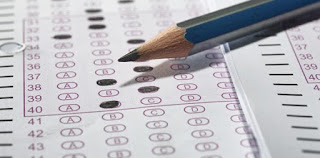A 61-year-old male with a history of chronic smoking, diabetes, hypertension, and chronic atrial fibrillation presents with acute onset of vertigo, dysarthria, dysphagia, sensory abnormalities on the face, and on the opposite trunk and extremities. Neurological exam reveals loss of pain and temperature on the same side of the face with decreased pain and temperature sensation and on the opposite side of trunk and extremities. MRI showed an occlusion of his right posterior inferior cerebellar artery. The patient improved well during hospitalization. What is the most important treatment for secondary prevention in this patient that has the greatest impact on his subsequent risk of stroke?
A. Smoking cessation
B. Good control of his hemoglobin A1C
C. Oral coumadin
D. Combined aspirin and clopidogrel
Click the button below to view answer:
A. Smoking cessation
B. Good control of his hemoglobin A1C
C. Oral coumadin
D. Combined aspirin and clopidogrel
Click the button below to view answer:

Comments
Post a Comment
Drop your thoughts here, we would love to hear from you